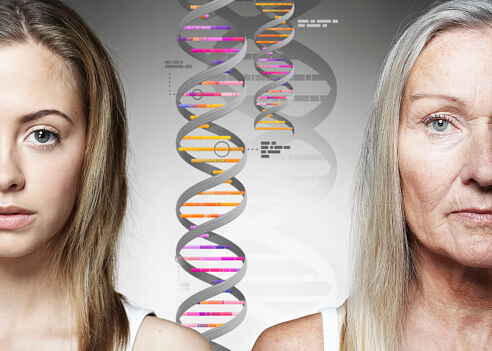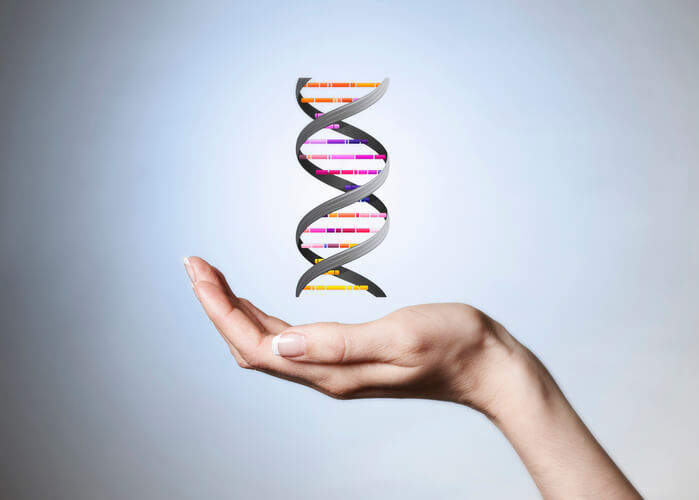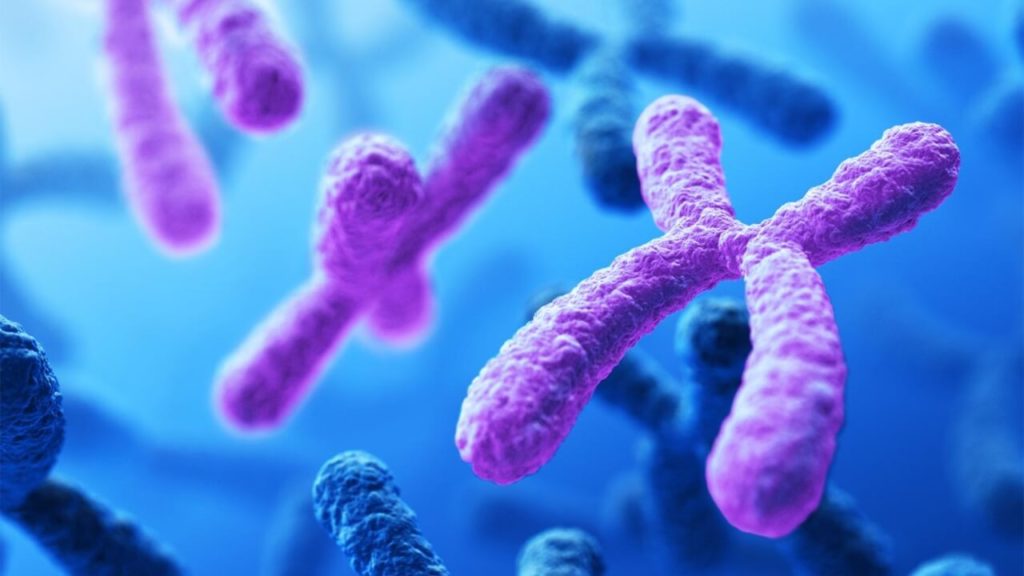In humans, there are 23 pairs or 46 chromosomes.
One pair of chromosomes (the 23rd pair) determines the gender of the individual.
These 2 chromosomes are known as the sex chromosomes.
What is a Sex-Linked Trait?
If a gene is found only on the X chromosome and not the Y chromosome, it is said to be a sex-linked trait.
As the gene that expresses the trait is located on the sex chromosome, sex linkage is linked to the gender of the offspring.
Usually such linked genes are found on the X chromosome.
What are some examples of sex linked traits?
- Red-green colorblindness – Inability differentiate between red and green.
- Male Pattern Baldness
- Hemophilia – a condition lacking the enzyme for blood clotting
- Duchenne Muscular Dystrophy – Muscular weakness, progressive deterioration of muscle tissue, and loss of coordination.
How sex-linked genetics works
The discovery of the chromosome helped to reveal that genetics and DNA had more and more layers. Simple Mendelian laws, for example, don’t explain why certain traits skip generations. They also don’t explain why some traits show up more in boys than in girls.
In 1908, Thomas Hunt Morgan performed a two-year long experiment on fruit flies. His work discovered the model of X-linkage and sex inheritance.
Firstly, it took two years for Morgan to find a white-eyed male. He knew this had a mutated eye color gene that he could test in further experiments.
He then crossed the white-eyed (mutant) male with red eye (wild-type) females.
After two years he found white-eyed males. They were only males.
Morgan deduced that the inherited trait must travel on a sex-determined chromosome. He had discovered X-linked inheritance.
Here’s how X-linked inheritance works:
X–linked recessive inheritance is where a mutation passes on a gene on the X chromosome. It’s usually found in males, which only express one X chromosome (XY). It also expresses in females who carry both mutant X chromosomes (homozygous for the gene mutation).
Here’s what the fruit fly example shows.
Generation 1 (F1)
Then in the next generation.
Generation 2 (F2)
*There is also X-linked dominant inheritance, which is much rarer, but displays in females.
How is DNA inherited from each parent?
Because our parents hold different DNA, certain traits are passed by mothers or fathers.
Sex-linked traits are associated with genes found on sex chromosomes (X and Y).
As the female X-chromosome is larger, X-linked traits are more common than Y-linked traits. An example of a sex-linked trait is red-green colorblindness, which is carried on the X-chromosome.
Because males only have one X-chromosome, they have a higher chance of having red-green colorblindness.
Recessive sex-linked traits are much more common in men because they only need one affected X chromosome.
Another example of X-linked sex traits is hemophilia.
Let’s look at the genotype.
XhX – Woman no hemophilia
XhY – Man with hemophilia
What DNA is passed down from the father?
A father either passes a Y chromosome to their son or an X chromosome to a daughter.
In this case, the DNA of the unaffected father is passed down. The offspring don’t inherit the condition from their father.
Extra or missing chromosomes
Another type of sex-linked disorder has too many or too little chromosomes.
Having extra or missing chromosomes is not usually a good thing. In fact, for most chromosomes, having an extra or missing copy is lethal to humans (causing an embryo to die early in development).
Human females have two X chromosomes (XX), while human males have just one (XY). Why doesn’t it cause problems for men to have just one copy of the X chromosome, while women have two?
The most common form of Down syndrome is known as trisomy 21. It is a condition where individuals have 47 chromosomes in each cell instead of 46.
Trisomy 21 is caused by an error in cell division called nondisjunction. This leaves a sperm or egg cell with an extra copy of chromosome 21.
Conclusion:
- The sex chromosomes carry Sex-linked traits
- In recessive sex-linked traits, the mother is usually the silent carrier
- Affected individuals are more often males due to one X linked chromosome
- Missing or extra chromosomes can produce genetic disorders.
Do you have any questions regarding sex-linked inheritance? Leave them in the comment section below.


 The X and Y sex chromosomes determine certain conditions that are inherited by boys or girls only.
The X and Y sex chromosomes determine certain conditions that are inherited by boys or girls only. 
























